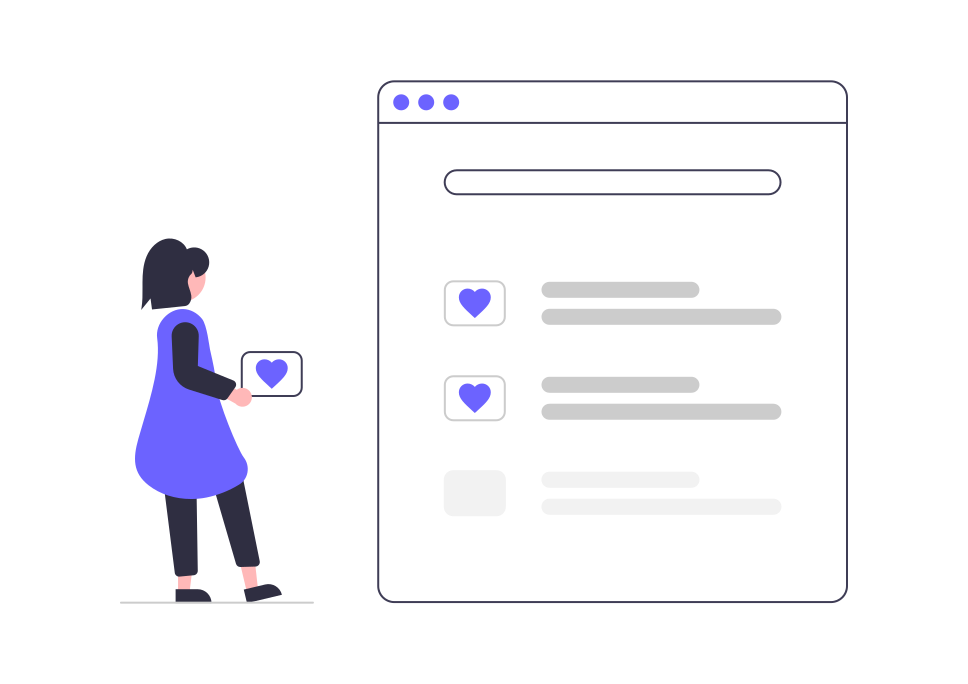In today's competitive marketplace, understanding consumer behavior is more crucial than ever. Behavioral segmentation, a technique that categorizes consumers based on their actions and preferences, offers a powerful way to tailor marketing strategies for maximum impact.
Introduction to Behavioral Segmentation
Behavioral segmentation divides the market into distinct groups based on consumer interactions with products or services. By focusing on actual behavior, this approach provides insights that are often more predictive of future actions than traditional demographic data.
Key Components of Behavioral Segmentation
-
Purchase Behavior:
- Frequency: How often a customer makes a purchase.
- Recency: The last time a customer made a purchase.
- Monetary Value: The amount a customer spends on purchases.
-
User Status:
- New Users: Individuals who have recently made their first purchase.
- Regular Users: Consistent, repeat customers.
- Lapsed Users: Customers who have not made a purchase in a while.
-
Usage Rate:
- Light Users: Customers who use the product infrequently.
- Medium Users: Regular, moderate users.
- Heavy Users: Frequent, high-volume users.
-
Benefits Sought:
- Feature-Oriented: Customers seeking specific product features.
- Value-Oriented: Customers looking for the best price or value.
- Quality-Oriented: Customers prioritizing superior quality or performance.
-
Engagement Levels:
- High Engagement: Active participation in loyalty programs, frequent interaction with brand content.
- Low Engagement: Minimal interaction with the brand, occasional purchases.
Benefits of Behavioral Segmentation
Behavioral segmentation provides several advantages that can significantly enhance marketing efforts:
- Precision Targeting: By understanding specific behaviors, marketers can target their efforts more accurately, ensuring messages resonate with the intended audience.
- Enhanced Personalization: Tailoring marketing messages and offers to align with customer behavior increases relevance and engagement.
- Efficient Resource Allocation: Focusing on high-value behavioral segments allows for better allocation of marketing resources, maximizing ROI.
- Predictive Insights: Behavioral data often serves as a strong predictor of future actions, enabling proactive strategy adjustments.
Steps to Implement Behavioral Segmentation
Implementing behavioral segmentation involves several key steps:
- Data Collection: Gather data from various touchpoints, including purchase history, website interactions, and engagement metrics.
- Data Analysis: Use analytical tools to identify patterns and segment customers based on their behaviors.
- Segment Definition: Clearly define each behavioral segment, detailing the specific characteristics and behaviors that differentiate them.
- Strategy Development: Develop tailored marketing strategies for each segment, focusing on the unique behaviors and preferences identified.
- Execution: Implement the strategies across appropriate channels, ensuring consistency and relevance.
- Monitoring and Optimization: Continuously monitor the performance of each segment and adjust strategies as needed based on ongoing data analysis.
Applications of Behavioral Segmentation
Behavioral segmentation can be applied across various marketing activities to enhance effectiveness:
- Personalized Campaigns: Design campaigns that speak directly to the behaviors and preferences of each segment.
- Loyalty Programs: Develop loyalty programs that reward specific behaviors, such as frequent purchases or high engagement.
- Product Recommendations: Use behavioral insights to recommend products that align with past purchase behavior and preferences.
- Customer Retention: Identify at-risk customers through behavior analysis and implement targeted retention strategies.
- Content Strategy: Create content that addresses the specific interests and needs of different behavioral segments.
Challenges and Considerations
While behavioral segmentation offers significant benefits, it also comes with challenges that need to be addressed:
- Data Accuracy: Ensuring the accuracy and completeness of behavioral data is crucial for effective segmentation.
- Privacy Concerns: Respecting customer privacy and complying with data protection regulations is essential.
- Dynamic Behavior: Consumer behavior can change over time, requiring ongoing analysis and adjustment of segmentation strategies.
- Integration with Other Data: Combining behavioral data with other types of data (e.g., demographic, psychographic) can provide a more holistic view of the customer.
Conclusion
Behavioral segmentation unlocks the power of consumer actions and preferences, enabling marketers to create highly targeted and effective strategies. By focusing on actual behaviors rather than assumptions, businesses can deliver more personalized experiences, improve customer satisfaction, and drive better results. Embrace behavioral segmentation to transform your marketing approach and achieve a deeper connection with your audience.


